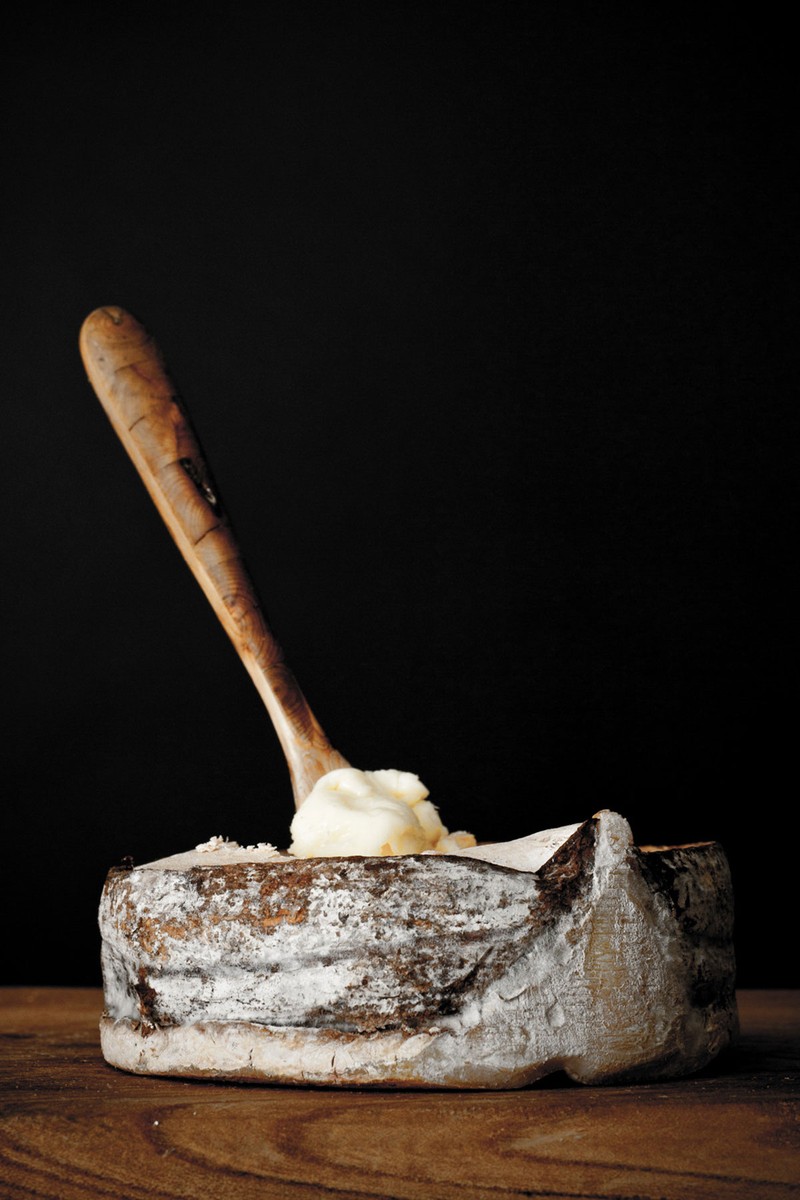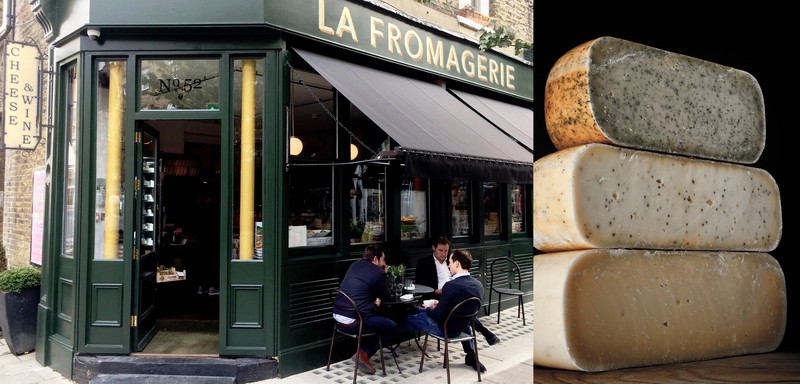
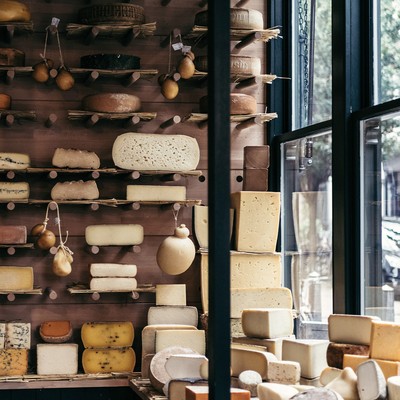
SL Gold Meets… La Fromagerie’s Patricia Michelson
Starting La Fromagerie back in 1991 was a complete accident. I was skiing in Méribel with my husband, Danny, and our children. They all loved skiing, but I was never any good. Danny forced me to do a ski run on a murky day, and the weather was starting to close in. I began descending the mountain and had a tumble. Once I got myself back up, everything looked white and I couldn't hear my husband when I called out. I had to get myself down. I had no sense of direction, so I was going off piste and through mogul fields – it was very slow going and I had many more tumbles. Eventually I heard the whir of cable cars above me, so I started following the sound until I eventually got onto a ski run. A lovely French couple suddenly came into view and I joined them halfway down the slope. I arrived at the bottom feeling very buoyed by the fact I'd got through this awful experience. And I saw the fact I’d come through it as a sign I should do something else with my life.
I wanted to do something I really loved, but didn't know what that would be – until I got down to the bottom of the slope. I went through the village and found a lovely cheese shop called La Fromagerie. I had 10 francs on me, which was about £1.50, and used that to buy a bit of cheese because I hadn't eaten all day. The cheesemonger gave me a little bit of local Beaufort, but because I looked so tired, he also gave me a slice of Chalet d'Alpage, a summer mountain Beaufort that was really special. I munched it on the way home and it was like heaven – delicious and completely reviving.
The very next day we went down to the local market and found the Chalet d'Alpage cheesemaker. I told him how much I loved the cheese, and said I’d love to take a piece home. He said he’d bring it up to the chalet, which I thought was really kind. On the Saturday, he trundled up and when he opened his van door, there was this whole wheel of cheese. I looked at him, and he looked at me. It turned out ‘pièce’ in French means a wheel; ‘tranche’ means a slice. He’d come all that way up, so I had to buy it. We cobbled the money together and shoved the cheese in the back of the car. I said to my husband, “Well we've got 19 hours of driving to figure this out.” By the time we got home, we’d decided to stash it in the garden shed, which we converted into a cheese store.
Back in 1991 we were also at the start of a recession. It was a very tricky time to start a business, but it was also much easier back then to start your own thing. I put an ad in the Hampstead & Highgate Express saying, ‘Would you like a cheeseboard for your dinner party at the weekend?’ And from there I began to sell lovely homemade cheeseboards.
It took a long time to get through the whole wheel of cheese. I gave a lot away to friends, I had a few fondue parties, then I started getting in touch with some restaurants I knew to see if they wanted a slice of lovely Alpine cheese. I started thinking about how I could bring more cheese over to London. A friend who had a skiing business used to have a three-week changeover with the chalet girls. They would come backwards and forwards in a people carrier between London and France, so I would ask him to go to the market and get a few cheeses for me.
After six months of selling from the shed, I took on a stall at Camden Lock market. We did that for six months before we found our small original shop in Highgate. It was a real baptism of fire, as I’d worked as a PA for a well-known theatre director before I started La Fromagerie. The stall taught me all about retail, presentation and marketing. I was full of ideas and soon I had this great French guy bringing me cheese and Poilâne sourdough, which I’d cut into quarters and sell at the market.
We decided to move house, which meant losing my cheese shed. But I’d decided to take the business more seriously, so my husband quit his job and we opened a shop. The Hampstead & Highgate Express came in use again – I looked through it and found a tiny box of a shop with a short let of £80 a week for nine months. I loved the street because there was a great butcher. I’ve always thought that if there's a good butcher, there should be a good cheese shop next door. It’s like how you shop in France – lots of lovely little streets where there’s always a butcher, baker, cheese shop and fishmongers. Everyone thought the business wouldn't last – but it has and I've proved them all wrong.
My upbringing wasn’t food focused at all. For my mother, food wasn't that important – although she was very good at making sandwiches. I have this thing about the way they make sandwiches in the shop – they have to be really generous with the fillings. I was brought up by the seaside and I had a great childhood; it was very free, easy and Enid Blyton-like. Summers were fantastic and in the 50s you had much more freedom as a child to go out on your bikes – often just coming back for lunch and then going off again and coming back at teatime. The backdoor was always open.
The 60s were a great time to be a teenager in London. We moved up to London when I was 16. My older brother got it in his head that he wanted to open a restaurant. It was called Mr Love and it was on Brook Street in Mayfair next door to the Handel museum. The signage for Mr Love looked very odd in this very posh area just round the corner from Bond Street, and we stood out. My father was very canny, so he got a lease for the whole building, so my brother had the restaurant, my father rented out the offices above and there was a flat above those. Our tenant was Jimi Hendrix. It was really cool having him there and seeing all the people that came and went. We got very friendly with him. The restaurant didn't last that long, but it gave me a real sense that I wanted to have a restaurant too and how, if I had one, I wanted it to be. I was only 21, but it definitely sowed seeds.
When I opened the tiny shop in Highbury, it was a reflection of the shed. It had lots of Ikea shelving piled with produce and an Ikea scrub table in the centre, where I cut and served the cheese. Launching all three shops was a slow-burn process. We opened Highbury in 1991; in 2002 we launched in Marylebone; and in 2017 we set up shop in Bloomsbury. I've always wanted to do it under my own steam, as I didn't want to have to borrow. We've always financed things ourselves –that way we’ve been able to stay in control and not get stuck with someone who's invested and wants us to do things their way. It’s never been about doing it for five years, then selling up. That's not the way to enjoy the process. It takes time to learn about your business, grow it and pass it on to others.
One of my first customers was Nigel Slater. He lived close by and was really encouraging, and still is – he's in most days of the week. I had a really interesting clientele in Highbury – a lot of media folk live round there and lots of lawyers and writers – and everyone wanted to explore food. Even trying to get a croissant in those days was very difficult. I used to have an Algerian baker in Crouch End who’d make me plain, chocolate and almond croissants. I would sell 150 on a Saturday morning because you couldn't get them anywhere else. There was definitely a real yearning for food in the 90s – there was a surge of ideas and customers wanting authenticity. My ethos was all about the purity of the product, knowing the producer, understanding the seasonality of each cheese, and then matching them with the other food I was selling in the shop.
Jamie Oliver was a big fan and came in all the time. One day, one of his editors came in with him and she really pushed for my first book, The Cheese Room, to be published. It did well and got me seen by a lot more people – I used to get people coming into the shop from Kent, just because there was nothing else like it at the time.
Creating a cheeseboard is an art. You have to consider the progression, because of how your taste buds work and how the flavours grow in your mouth. The first cheese has to be a light, like a fresh goat’s cheese, as it will neutralise the palate and balance the flavours of your mouth. Choose something light and crumbly as your next one – maybe an English cheese, like a Mrs Kirkham’s Lancashire. Next, move onto a creamier cheese, like a brie or camembert, before progressing to something much bigger like a beaufort, comte or lovely aged cheddar that really starts building the flavours in your mouth. The next one should be something with a washed rind with a lovely strength and aroma. And always end with blue cheese. The steely veins bring together all those flavours that you've gone through on the cheeseboard along with some crumbly acidity – your mouth bursts with beautiful flavours.
My favourite accompaniment is a glass of wine. People always think of red wine when they eat cheese, but actually white wine is really good – especially Alpine varieties and gruyeres alongside a not-too-oaked chardonnay. Goat’s cheese is lovely with sauvignon blanc, and champagne is always fantastic with cheese. Anything fermented is always good, because cheese is fermented too. Fruit is obviously good – like apples with hard cheeses and pears with blue cheeses – but I also really like raw almonds with a gruyere-style cheese. Almonds are so good for you anyway, but they've got that milkiness to them that goes so well with cheese. But don’t go overboard with the accompaniments – it spoils the flavour of the cheese if you've got too much going on.
I’m never without parmesan in my fridge at home. I like to have it to nibble on, because it’s a healthy, low-fat, high-density protein so it's very easy to digest. I also like to have goat’s cheese as I like to eat something quick when I get home, as I’m usually tired. There’s nothing quite like melted cheese bubbling away – the smell really does entice me. The key with cheese on toast is not to have your goat’s cheese too soft – it’s got be a little bit crumbly. Toast one half of a side of bread and on the other side, get a little bit of white wine and soak your bread in it before you add the cheese. Then put it under the grill with a little bit of black pepper and grill it. The mingling of the wine with the cheese is fabulous.
I’ve just won a World Cheese Award for exceptional contribution to cheese. It came completely out the blue, and I was shocked and delighted to win it. During the award ceremony, it took me a while to realise the speech was about me. You don't go into work to be awarded; you go to work to do a job and do the best you can. It’s taken me 30 years to get here – starting from a garden shed and working up to having three shops, a wholesale business and a great team around me.
I have no plans to retire any time soon. With everything going on with the cost-of-living crisis and business uncertainty, everything is far too volatile in the workplace for me to step away. I’m not the type of owner who sits in a beautiful boardroom just reviewing spreadsheets – I'm on the shop floor every day, I visit the warehouse every day, and speak to my team all the time.
It’s tough out there right now, but I still love the business. I still wake up with that feeling of, ‘Let's get something done today.’ We're doing the Christmas decorations for the shop at the moment and that always brings joy. Regardless of what happens for the rest of the year, we're going to be there for our customers. And hopefully everybody will still want to eat a lot of cheese this Christmas.
At Christmas time, think of the cheeseboard as a meal in itself, rather than an extra course. The last thing you want is to have a groaning table where the cheese gets overlooked. If I'm doing Christmas lunch, I'll bring out a stilton right at the very end, and we’ll have a little slice as we open up a madeira or port. The actual cheeseboard will be served much later, perhaps after a walk or even the next day.
At this time of year, a Mont D’Or really comes into its own. It’s really lovely on its own, but I also love to bake it. I brush white wine on top, then pop the lid back on, wrap some foil around it and pop it into a very hot oven for about half an hour. Once it’s out, take off the lid, scrape back the skin, add a little bit of nutmeg or black pepper and start dipping. It’s such an easy meal because there's no washing up. If friends suddenly say they’re coming round in half an hour, or you meet someone out and about and invite them back, it’s fantastically easy to throw together.
Inspired? Here’s all the cheese you need…
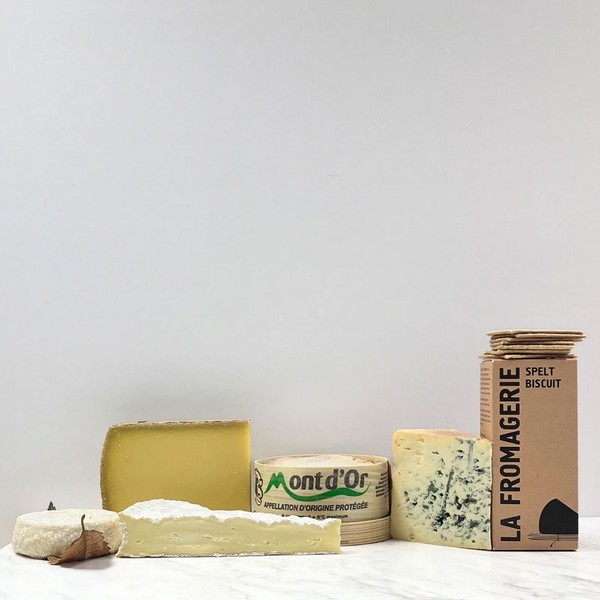
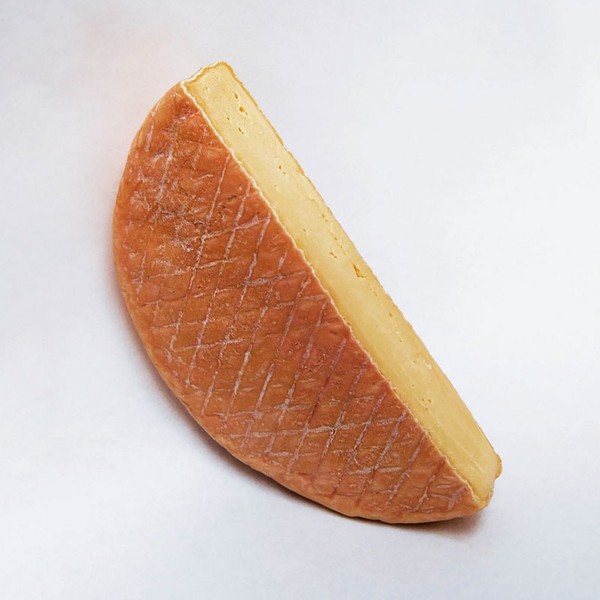
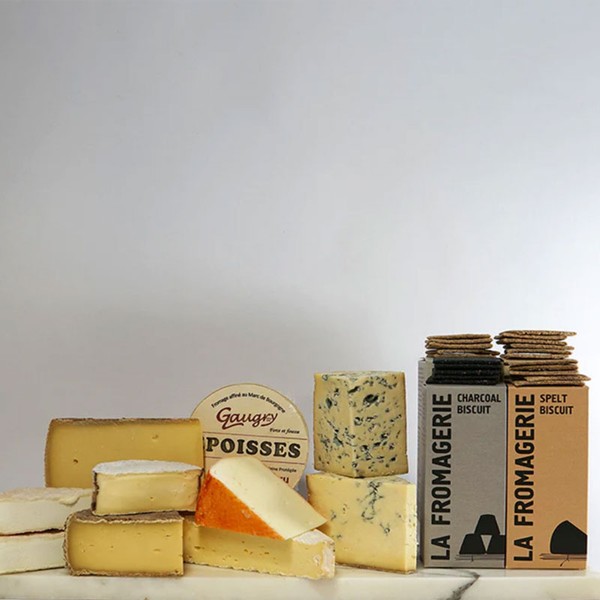
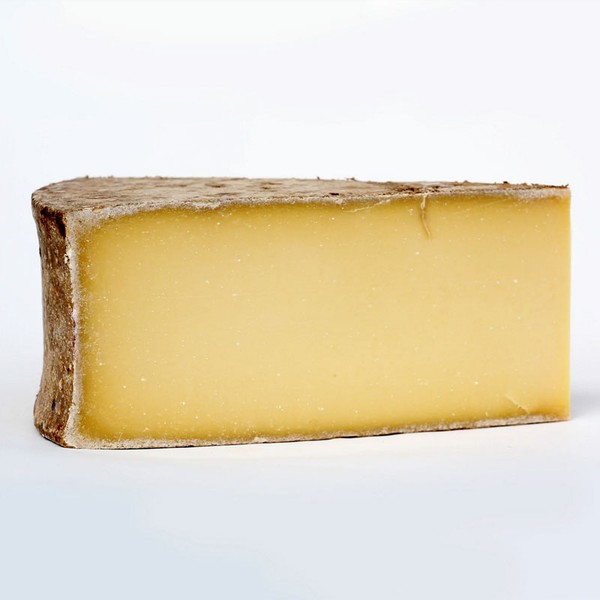
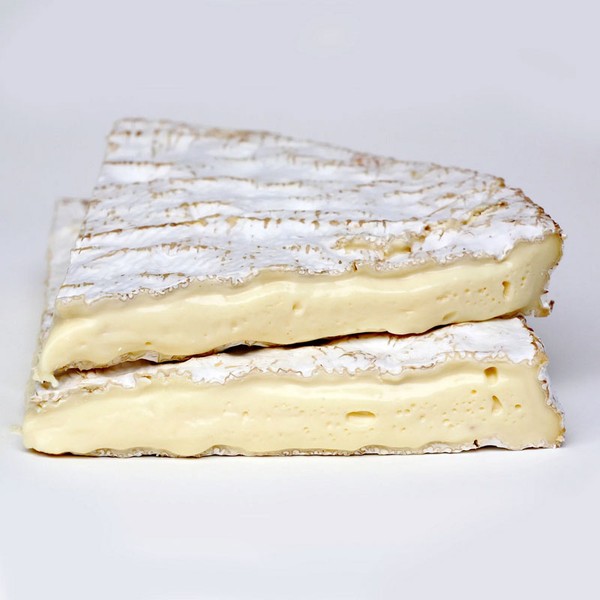
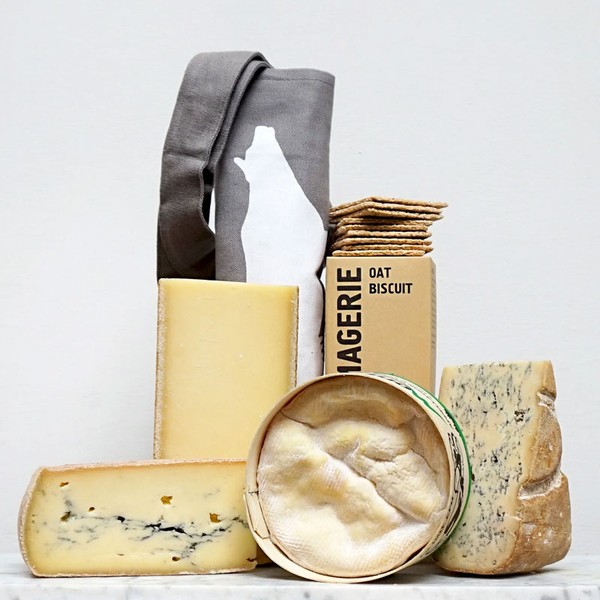
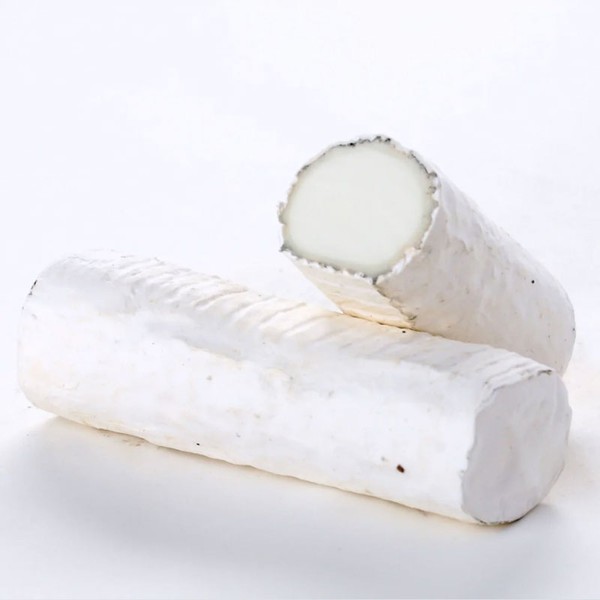
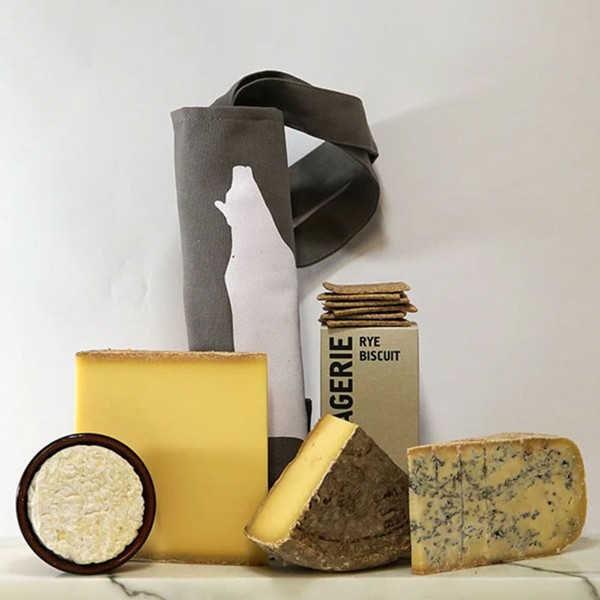
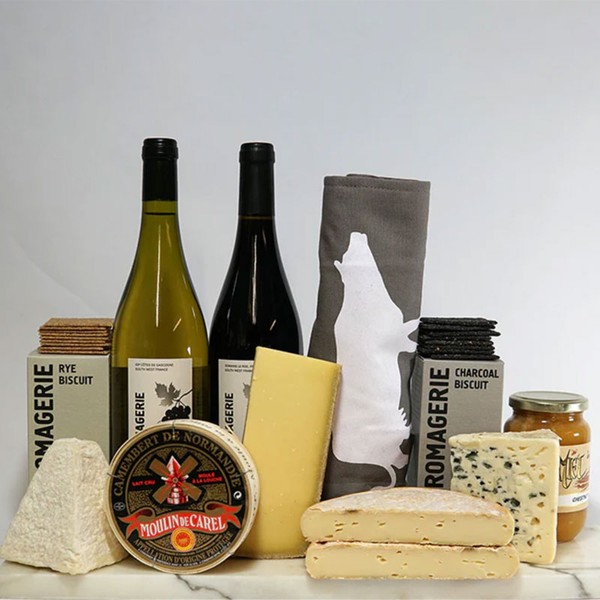
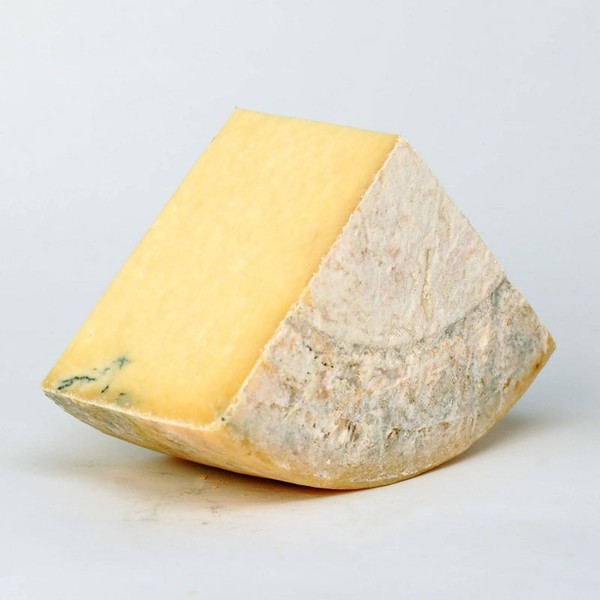
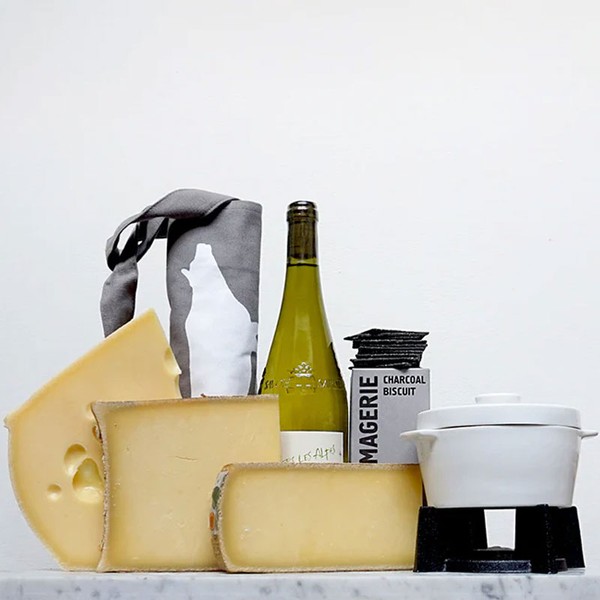
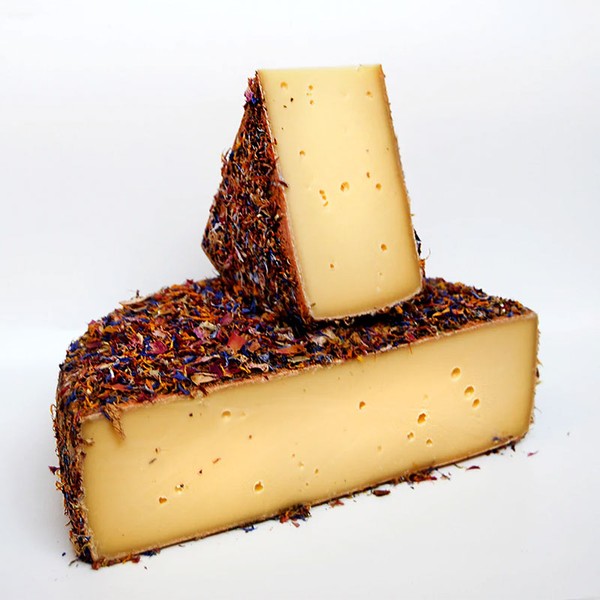
To get all your cheese in for Christmas, visit LaFromagerie.co.uk.
DISCLAIMER: We endeavour to always credit the correct original source of every image we use. If you think a credit may be incorrect, please contact us at info@sheerluxe.com.
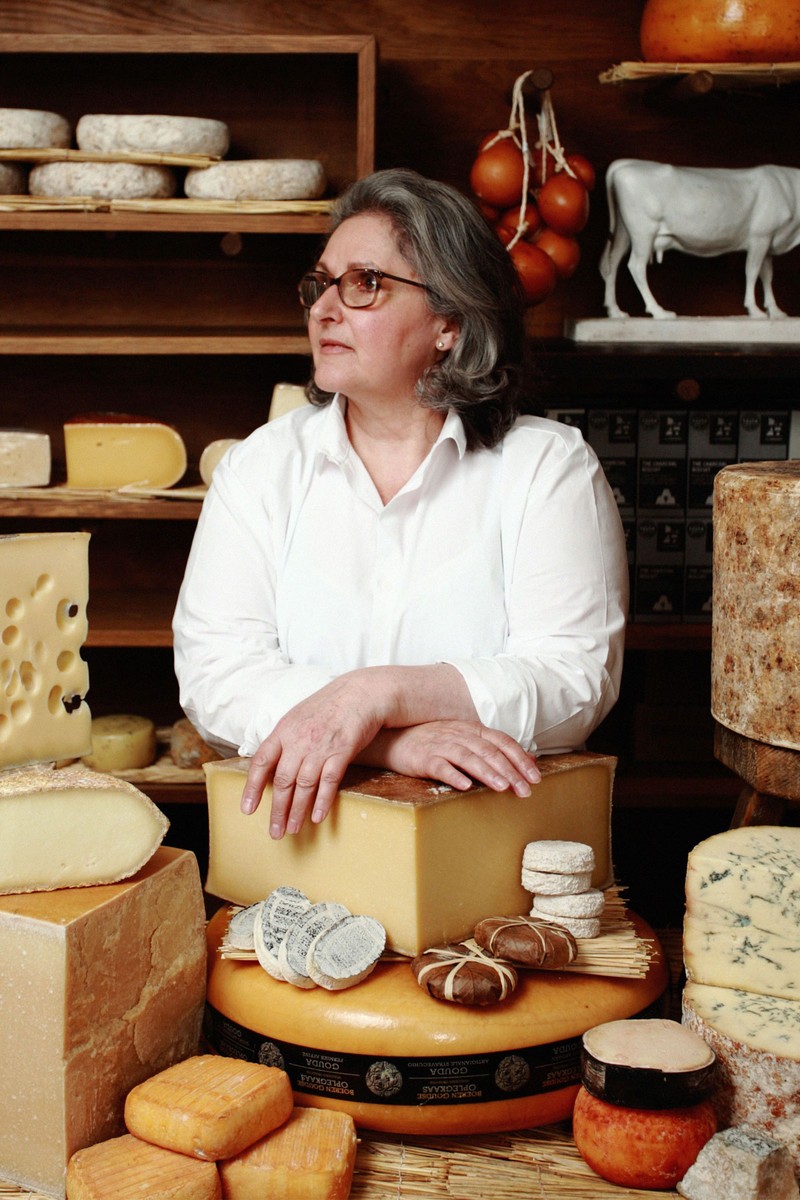
/https%3A%2F%2Fsheerluxe.com%2Fsites%2Fsheerluxe%2Ffiles%2Farticles%2F2022%2F11%2Fla-fromagerie-image-2.jpg?itok=OaCOFooB)
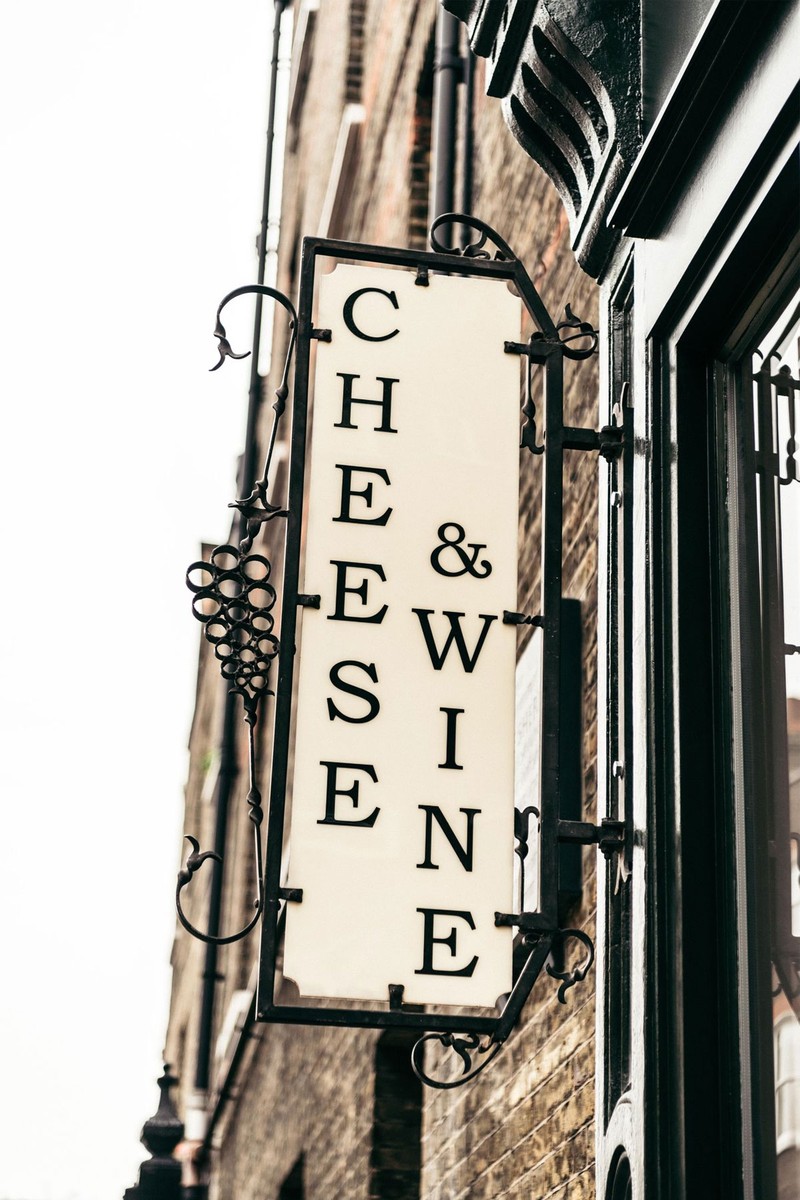
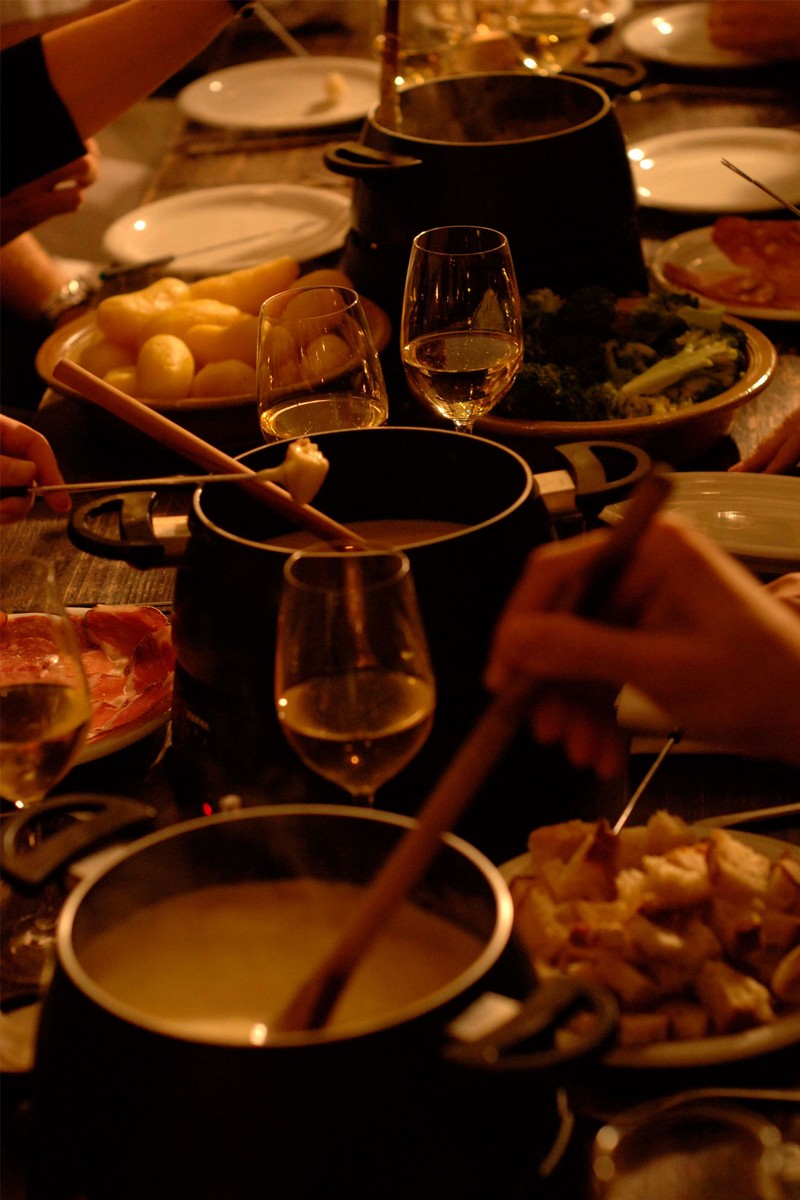
/https%3A%2F%2Fsheerluxe.com%2Fsites%2Fsheerluxe%2Ffiles%2Farticles%2F2022%2F11%2Fla-fromagerie-image-7.jpg?itok=RmFaf7fu)
